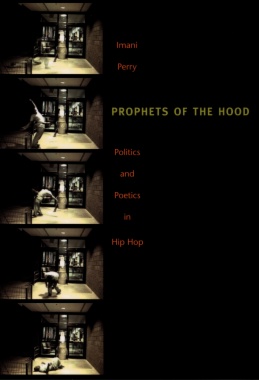
Página no encontrada - Error 404
La página solicitada no está disponible, puede haber cambiado de dirección (URL) o bien, no existir.
Puede deberse a algún error al escribir dicha dirección (URL). Compruébela para ver si es correcta.
Puede intentar:
Volver a la página anterior e intentarlo de nuevo.
Ir a la página de inicio de nuestra web.
© 2010 - 2020 Digitalia - Todos los derechos reservados



